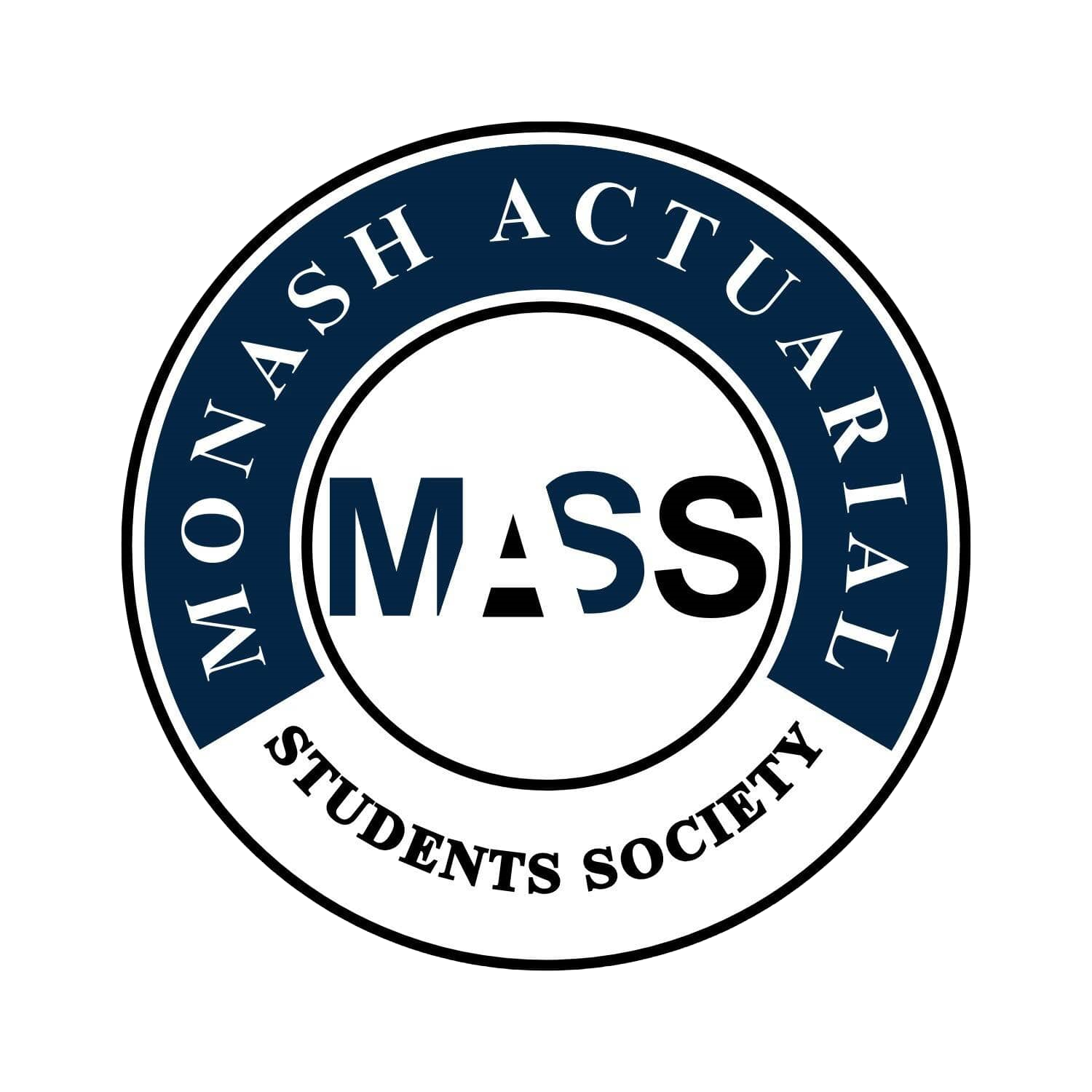ETC2560 Actuarial Statistics (Sem 2 2023)
Difficulty:
Year Completed: Semester 2, 2023
Prerequisite: ETC1000
(or STA1010, or SCI1020, or ETF1100, or ETW1001, or ETB1100, or FIT1006, or ETX1100)
Exemption:
CS1 Actuarial Statistics
ETC2560 (50%), ETC2520 (50%)
Weighted average of 70% required. Minimum of 60% required for each unit.
Mean Setu Score: 87.50%
Clarity of Learning Outcomes: 84.38%
Clarity of Assessments: 84.38%
Feedback: 87.50%
Resources: 84.38%
Engagement: 96.88%
Satisfaction: 87.50%
Subject Content:
Lecture(s) and Tutorial(s):
Textbook(s):
Assessments:
Learning Outcomes
Use appropriate statistical tools to perform exploratory data analysis
Use linear regression models for handling insurance and financial data
Use generalised linear models for modelling complex data
Apply Bayesian models and credibility theory to insurance problems
1 x 2 hour lecture
1 x 1.5 hour tutorial
Final Exam: 60%
In-semester test 20%
Assignment 1: 10%, Assignment 2: 10%
Comments
From the start of the unit, it is assumed that students have R proficiency, so as Monash does provide tools to practice R skills, it is highly recommended to learn or refresh your R knowledge before the start of classes. R and written equations are used simultaneously in this unit’s learning approach for students to be able to calculate equations by hand with calculator assistance or through using R code. It is also assumed that students have at least some knowledge of different distributions, as prerequisites contain these in detail.
Lectures are informative and provide key R code that can be used in the two assignments. These lectures go over all the class’s key concepts before each tutorial and it is recommended that you watch them and takes notes for the end of year and in-semester tests.
Through attending each tutorial, you will go through tutorial questions that progress over the semester in difficulty which slowly builds you up to complete both the in-semester test and final exams.
The two assignments that are provided can be worked on with previous weeks’ lecture slides which makes the task a lot less daunting. The in-semester test is based on these lecture notes with some questions being slightly different from the tutorial questions, so practicing these questions is key to doing well in this unit.
Again, like the other assessments the final exam is also based on these lecture notes with some questions being slightly different from the tutorial questions, as this exam is 60% of this unit’s grade, practicing these questions can give you easy marks as you have already done basically the same question in class with full solutions provided.
Overall to be successful in this unit is to understand what each distribution is used for and knowing how to solve problems with and without the use of R. Utilise the tutorial questions and solutions to give yourself an edge on the exam and ensure you take notes early on as the content builds upon previous week’s learning.
General Overview:
Lectures:
Tutorials:
Assessments/Other Assessments
Exams
Concluding Remarks

